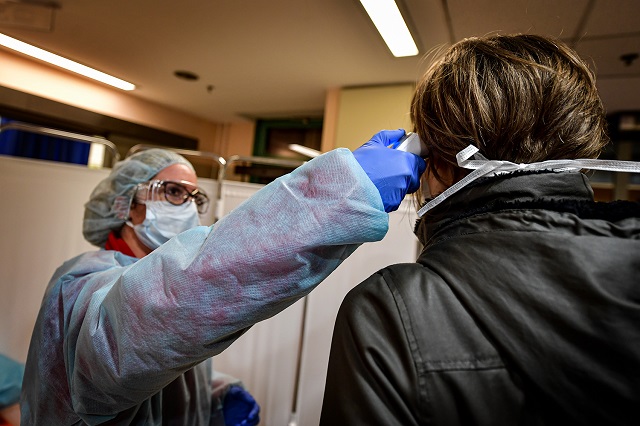Coronavirus – Hungary still handles the epidemic the best way in the EU

The number of coronavirus cases started rising again since April, and along with the phenomenon, more tests are being carried out among Hungarian residents – nearly 2,000 more than during the first wave. Although the situation is scary and uncertain once again, there are still some factors regarding handling the epidemic situation in which Hungary is the best of all EU countries.
HVG reported that from freshman camps, sports teams, politicians, and retirement homes, there are more centres of the virus than before. On August 28, the number of newly identified cases was 132. Since the cases are on the rise again, the government announced the return to the spring border control, starting from September 1. Nearly 2,000 tests have been carried out each day since the beginning of August, which results in more officially registered coronavirus cases.
During the first wave, only those were tested who experienced the symptoms of the disease, but since the summer season, those are also included who returned from a holiday abroad. The rise of new cases is definitely because many were in foreign countries in the last few weeks.
In April, the number of positive tests was 6% out of all tests, and now it barely reaches 1.5%. With the exception of Serbia and Romania, the number of new cases increased rapidly in most countries, but experts stated that Hungary was still among the safest countries in the region. In Serbia, the daily number of new cases was 3,000, but since the restrictions have been renewed, it is the only country in the region where the number of infections is decreasing. Croatia is also among the countries where the new cases had an intensive break-out in the last few weeks.
Regardless of the number of tests, the number of infections in Europe was 3,325 on average, while in Hungary, it was only 545.
The most cases were registered in France and Spain, but the southern regions and countries are currently in stable condition. In other countries, the number of new cases daily is around 300. Unfortunately, the theory about the summer heat killing the infection did not turn out to be accurate, but border openings and holidays abroad played a significant part in the increase of infections.
The most difficult task during the second wave will be to preserve the economy and to watch out for the epidemic.
Featured image: MTI/Balogh Zoltán
Source: www.hvg.hu




The reason why Hungary officially still has the lowest rate of infections in Europe is the shockingly low number of tests per capita – currently at appr. 44,000 tests per 1 million inhabitants. For comparison, Denmark has caaried out appr. 414,000 tests per 1 million. So, the official infection rate in Hungary, which currently stands at 617 per 1 million is highly misleading since no asymptomatic carriers have apparently been registered. This is supported by the unusually high number of covid-related deaths in proportion to the number of officially registered infections. Hungary currently has registered 64 deaths per 1 million inhabitants which is the same number as in Slovenia where the official infection rate is more than twice as high at 1,363 per 1 million. Logically, Hungary’s real infection rate must therefore be about closer to that number.